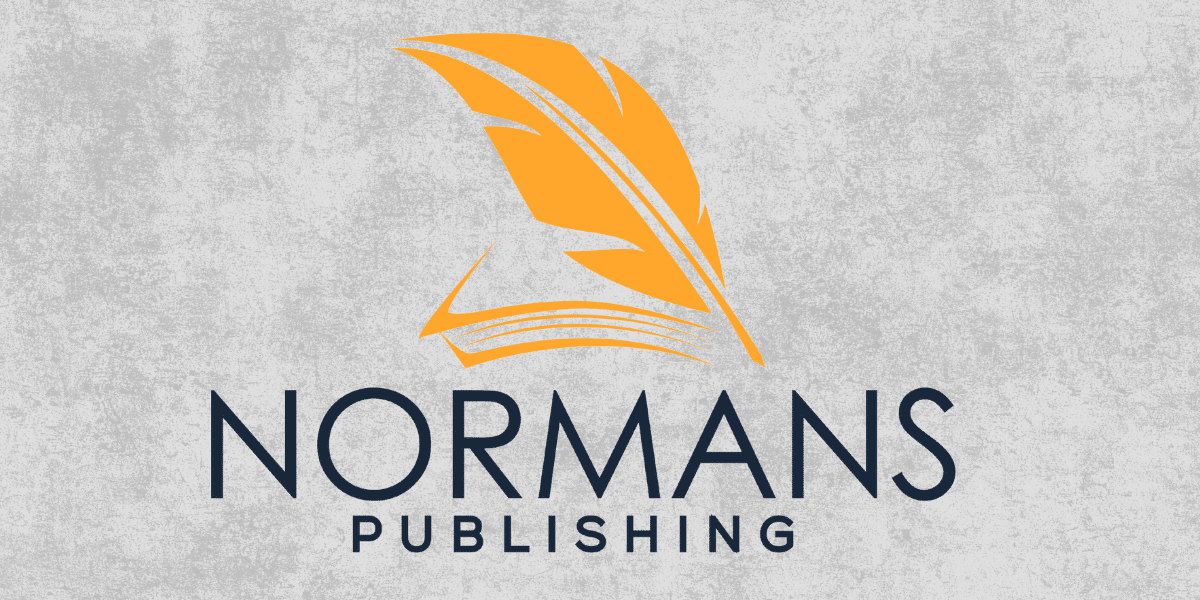Arguably, one of the first thoughts that comes to you when someone mentions the phrase “video book trailers” is cost. However, did you know creating a high-quality book trailer is possible even on a tight budget? All you need is a bit of strategic planning and a hint of resourcefulness. A well-crafted trailer can boost your book’s visibility and engage potential readers. Here is a comprehensive guide with budget-friendly tips to help you create an effective book trailer:
1. Plan Your Storyboard
Start with a clear vision of what you want your trailer to convey. Outline the key points and scenes to ensure a coherent and engaging narrative. Keep the following in mind:
Length: Aim for a trailer between 60-90 seconds.
Story Arc: Introduce the main characters, setting, and conflict without giving away too much.
Hook: Capture the viewer’s attention within the first few seconds.
2. Use Stock Footage and Images
Leverage free or affordable stock footage and images to create a visually appealing trailer.
Free Resources: Websites like Pixels, Unsplash, and Pixabay offer high-quality images and videos.
Affordable Options: For more specific content, consider low-cost options from sites like Shutter stock or Adobe Stock.
3. DIY Filming
If you need original footage, filming it yourself can save a lot of money.
Smartphone Filming: Modern smartphones have excellent cameras. Use yours to shoot footage.
Stabilization: Use a tripod or stabilize your camera to avoid shaky footage.
Lighting: Utilize natural light as much as possible. If shooting indoors, use multiple light sources to ensure even lighting
4. Free or Affordable Editing Software
Editing your trailer is where your footage comes together. There are many free or low-cost options available:
- IMovie (Mac): User-friendly and perfect for beginners.
- Hit Film Express (Windows): A powerful tool for more advanced editing.
- Online Editors: Tools like Canva and Adobe Spark offer easy-to-use video editing features with various templates.
5. Royalty-Free Music
Music sets the tone for your trailer. Use royalty-free music to avoid copyright issues.
Free Music: Websites like Incompetech, Free Music Archive, and YouTube Audio Library offer a variety of free music options.
Choosing Music: Select music that matches the mood and pace of your trailer.
6. Engaging Text and Graphics
Text and graphics can enhance your trailer’s professionalism.
Design Tools: Use free graphic design tools like Canva to create text overlays and graphics.
Typography: Ensure your text is easy to read and complements your book is aesthetic.
- Consistency: Maintain consistent fonts and colors throughout your trailer.
7. Voiceover Tips
A compelling voiceover can elevate your trailer.
DIY Voiceover: Record your voiceover using a good quality smartphone mic or an affordable USB microphone.
Scriptwriting: Write a script that complements the visuals and engages the viewer. Practice reading it aloud to ensure it flows well.
Editing: Use free audio editing software like Audacity to clean up your recordings.
8. Leverage Free Promotional Channels
Once your trailer is ready, promote it across various free channels to maximize its reach.
Social Media: Share your trailer on platforms like YouTube, Facebook, Instagram, and Twitter. Utilize relevant hashtags to increase visibility.
Author Website: Embed the trailer on your website and blog.
Email Marketing: Include the trailer in your newsletters and email campaigns.
Book Blogs and Forums: Reach out to book bloggers and join forums where you can share your trailer.
9. Collaborate with Other Authors
Collaboration can expand your reach and provide mutual benefits.
Cross-Promotion: Team up with fellow authors to share each other’s trailers. This can help you tap into their audience.
Author Networks: Join author groups and networks where members support each other’s marketing efforts.
10. Analyze and Optimize
After launching your trailer, analyze its performance and optimize accordingly.
Metrics: Track views, likes, shares, and comments to gauge engagement.
Feedback: Listen to viewer feedback and make adjustments if needed.
Continuous Improvement: Use insights from one trailer to improve future projects.
With that said, what if you can’t find the time to do all of that on your own? What if this seems too complicated? Fear not. Some experts are more than willing to help you achieve your desired results. Not only that, you can leverage their expertise to create stunning video trailers for your books that instantly grab your audience’s attention. One such example is that of Normans Publishing.
The best thing about them? Their attention to detail! They nail the project every single time. They can help free up your time so that you can do what you do best while they do the rest for you. It’s a win-win!
Conclusion
Creating a high-quality book trailer on a budget requires creativity and resourcefulness. By planning carefully, using available resources, and leveraging free promotional channels, you can produce a professional and engaging trailer without breaking the bank. Remember, the goal is to capture the essence of your book and entice viewers to learn more. With these tips, you are well on your way to creating a trailer that effectively promotes your book and reaches a wider audience.
Published by: Nelly Chavez
















